Coastal communities have grown around towering beacons for centuries, their lives intertwined with the rhythm of tides and the constant threat of maritime disaster. These lighthouse towns don’t just guide ships to safety—they’ve become repositories for stories that blur the line between history and myth. Ghost sightings, phantom vessels, and buried treasure form the backbone of local folklore that gets passed down through generations of fishermen, shopkeepers, and lighthouse keepers.
Every lighthouse town seems to harbor secrets that the locals whisper about after the tourists head home. Here is a list of 16 lighthouse towns where maritime legends run deeper than the harbors themselves.
Peggy’s Cove
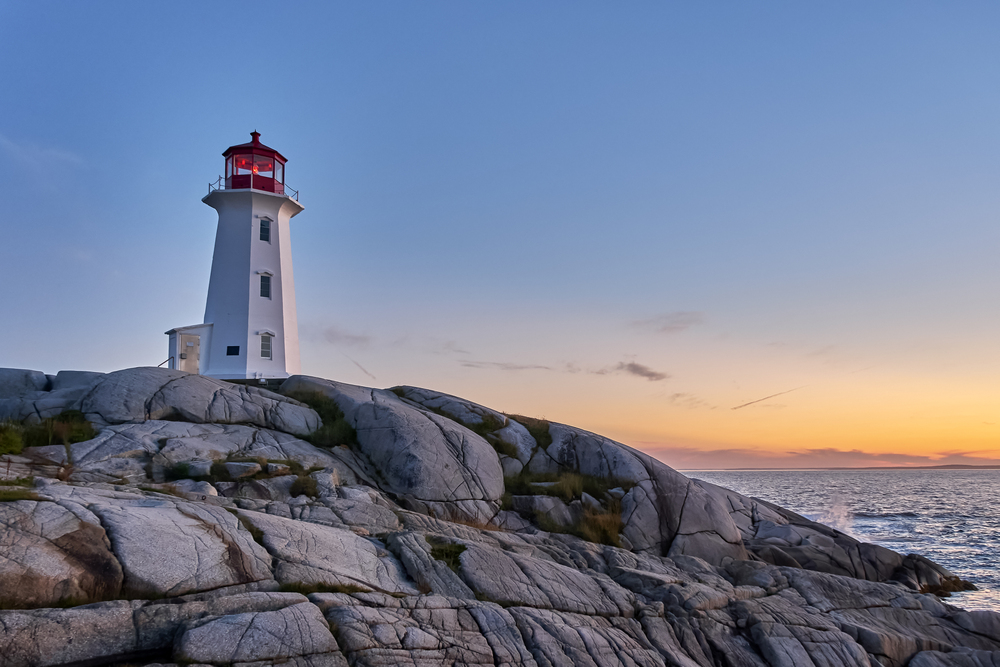
Nova Scotia’s most photographed lighthouse sits on granite rocks that Atlantic storms have smoothed since the last ice age. The legend of Margaret—a young woman supposedly saved from a shipwreck that claimed everyone else aboard—gave this fishing village its name, though nobody can prove she actually existed. Visitors often report seeing unexplained lights moving through the lighthouse after hours, even though the beacon was automated decades ago.
The ghost stories don’t end there; locals swear that on particularly foggy nights, you can spot a woman in period dress walking the shoreline, searching for something or someone that never washed ashore.
Montauk Point
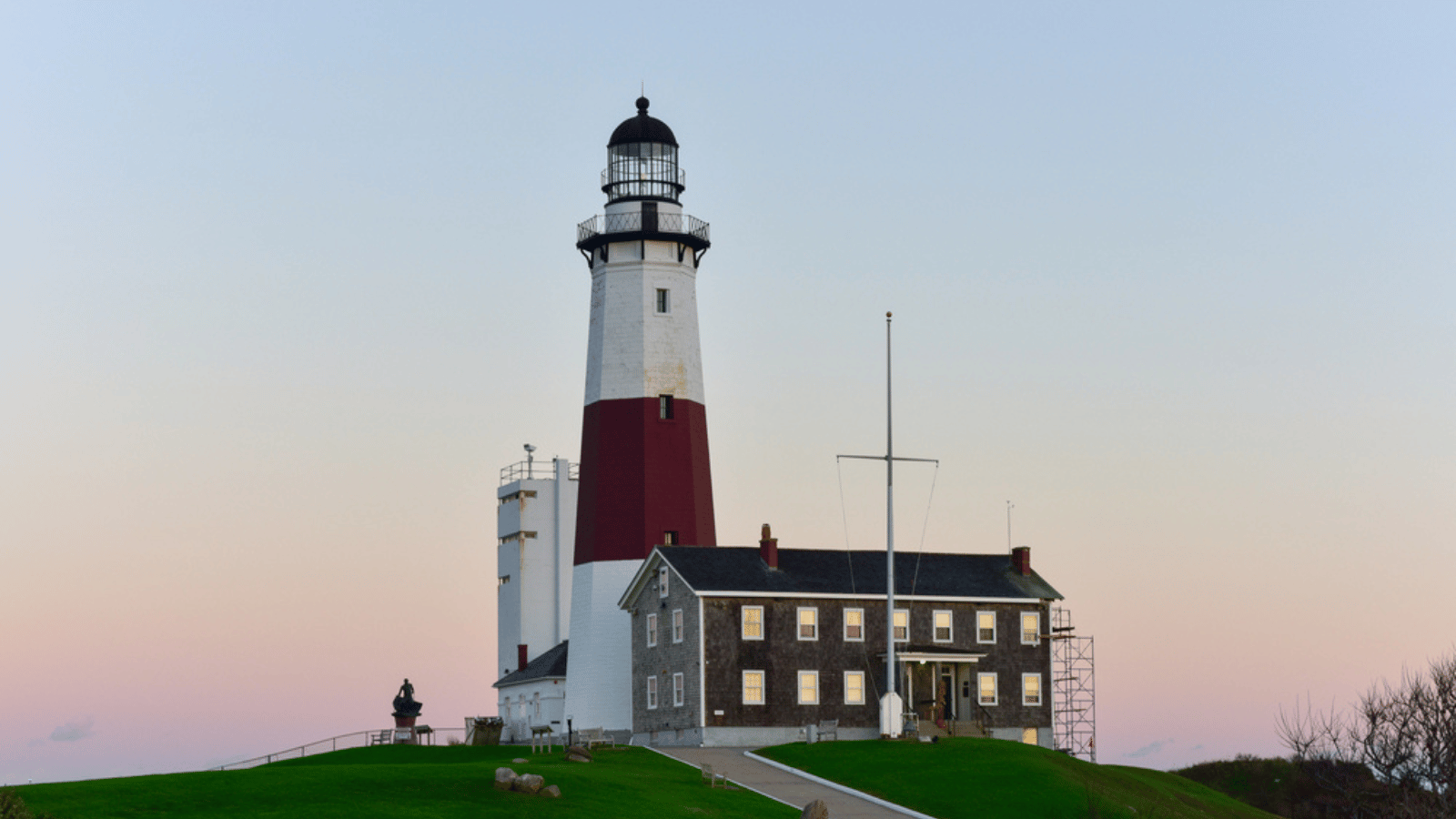
Long Island’s oldest lighthouse has watched over these waters since George Washington was president, accumulating nearly two and a half centuries of maritime drama. A Revolutionary War soldier’s spirit allegedly still patrols the grounds, keeping watch for British ships in a war that ended long before anyone alive was born.
Fishermen heading out before dawn sometimes catch glimpses of sailing vessels that shouldn’t exist—complete with crews that wave from the deck before vanishing into the morning mist. The lighthouse museum displays coins and jewelry recovered from various wrecks, but locals insist the real treasure from the merchant ship Circassian remains buried somewhere along the rocky coastline.
Like Travel Pug’s content? Follow us on MSN.
Key West
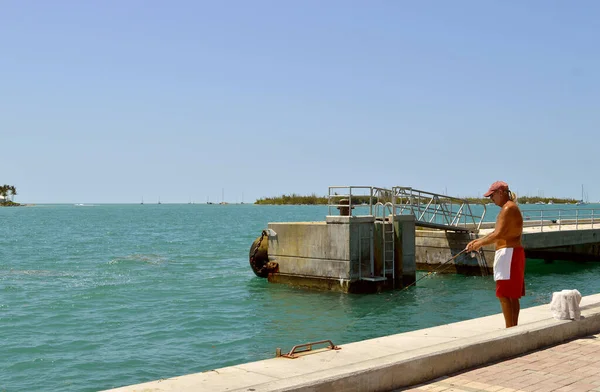
America’s southernmost lighthouse stands guard over waters that once swarmed with pirates and salvage crews who made fortunes from maritime disasters. The building that houses Captain Tony’s famous bar supposedly sits atop an old morgue where shipwreck victims were stored, which might explain the numerous ghost sightings reported by both staff and customers over the years.
Former lighthouse keeper James Bethel, who died in a fall from the tower in 1915, apparently never left his post—visitors frequently report seeing a figure in the lighthouse windows long after closing time. Treasure hunters still scour the surrounding waters for Black Caesar’s legendary pirate hoard, convinced that decades of searching have barely scratched the surface.
Portland Head Light
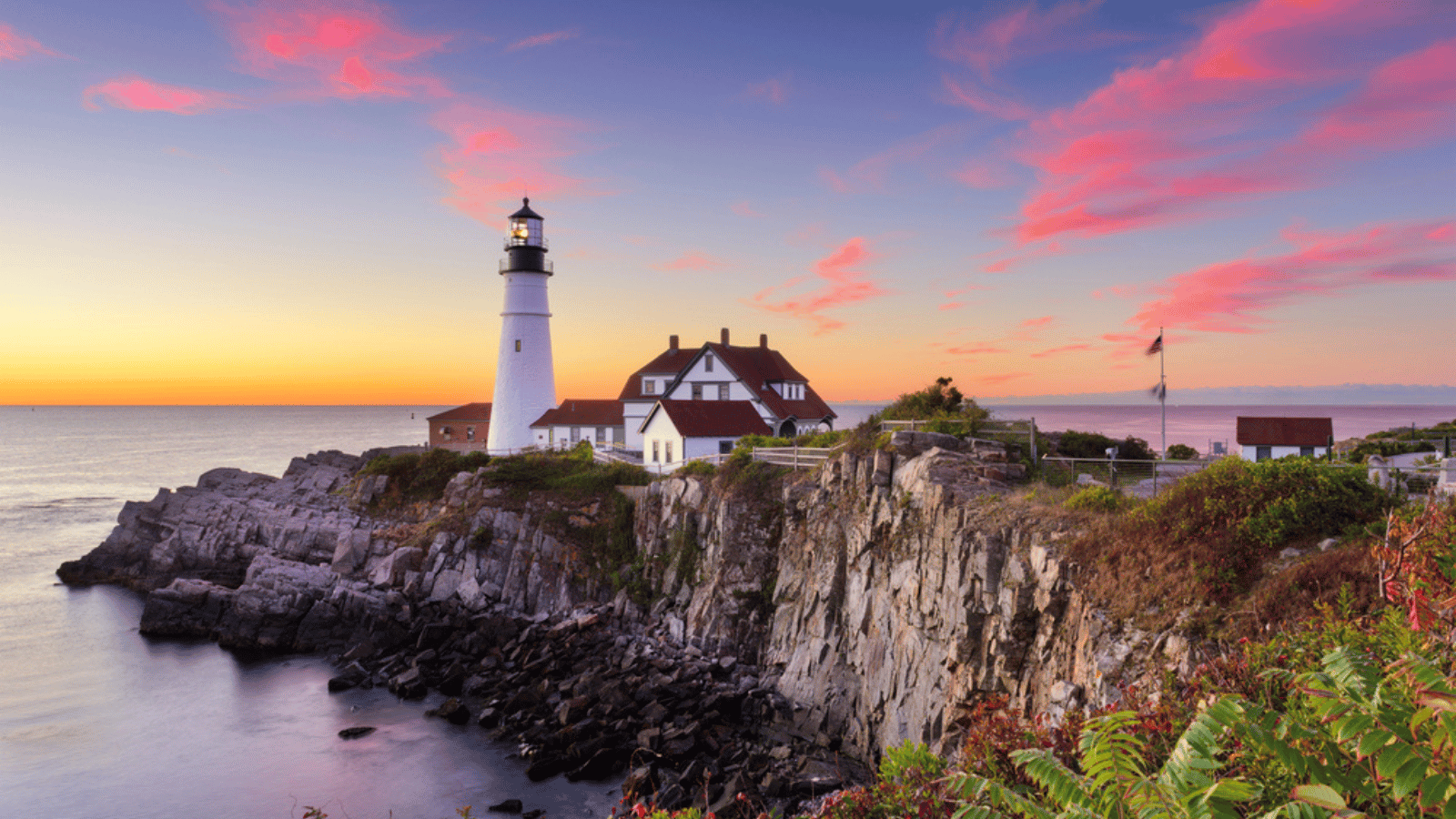
Maine’s Cape Elizabeth has housed this lighthouse since 1791, inspiring poets like Henry Wadsworth Longfellow, who lived close enough to hear the fog signals on stormy nights. Local fishermen tell tales of a phantom schooner that materializes during the worst storms, its crew desperately signaling for help before dissolving back into the spray and darkness.
The lighthouse keeper’s residence, now converted into a museum, echoes with footsteps that don’t belong to any living person—or so claim the staff members who’ve learned to ignore the sounds. Dozens of ships have met their end on the ledges below despite the lighthouse’s warnings, creating an underwater cemetery that recreational divers explore when conditions allow.
Bodie Island

The Outer Banks earned their nickname ‘Graveyard of the Atlantic’ through sheer volume—over 3,000 vessels have been claimed by these waters since colonial settlement began. Blackbeard and other pirates allegedly used false beacons to lure ships onto the shoals, a practice that some locals half-jokingly suggest continues in more subtle forms today.
The current lighthouse replaced earlier structures destroyed during the Civil War, and visitors sometimes report encounters with keepers from those vanished towers. Wild horses descended from shipwreck survivors roam the surrounding dunes, and island residents swear these animals can sense approaching storms days before weather services issue warnings.
Like Travel Pug’s content? Follow us on MSN.
Point Reyes
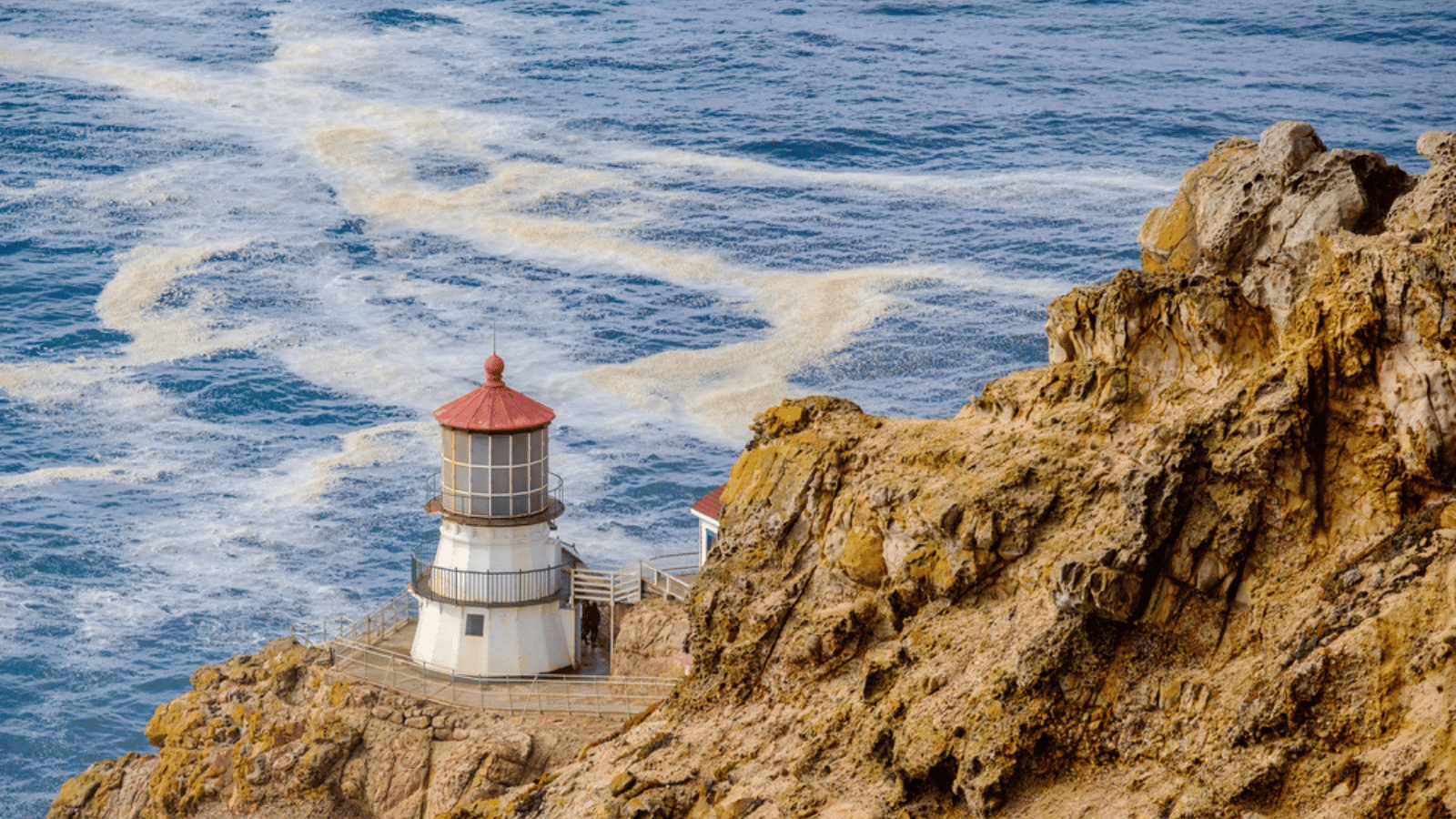
California’s lighthouse perches on cliffs that have earned the area its ominous title: ‘the Shipwreck Coast.’ Maritime records document hundreds of vessels lost in these waters, yet local Native American legend speaks of a princess’s spirit that tries to warn ships away from the rocks. Her efforts don’t always succeed, apparently.
Lighthouse keepers documented strange lights moving through dense fog on nights when no scheduled vessels were supposed to be passing through the shipping lanes. The nearby town of Inverness incorporated timber from wrecked ships into many of its older buildings, and some residents claim their homes are haunted by the sailors who once worked aboard those doomed vessels.
Nubble Light
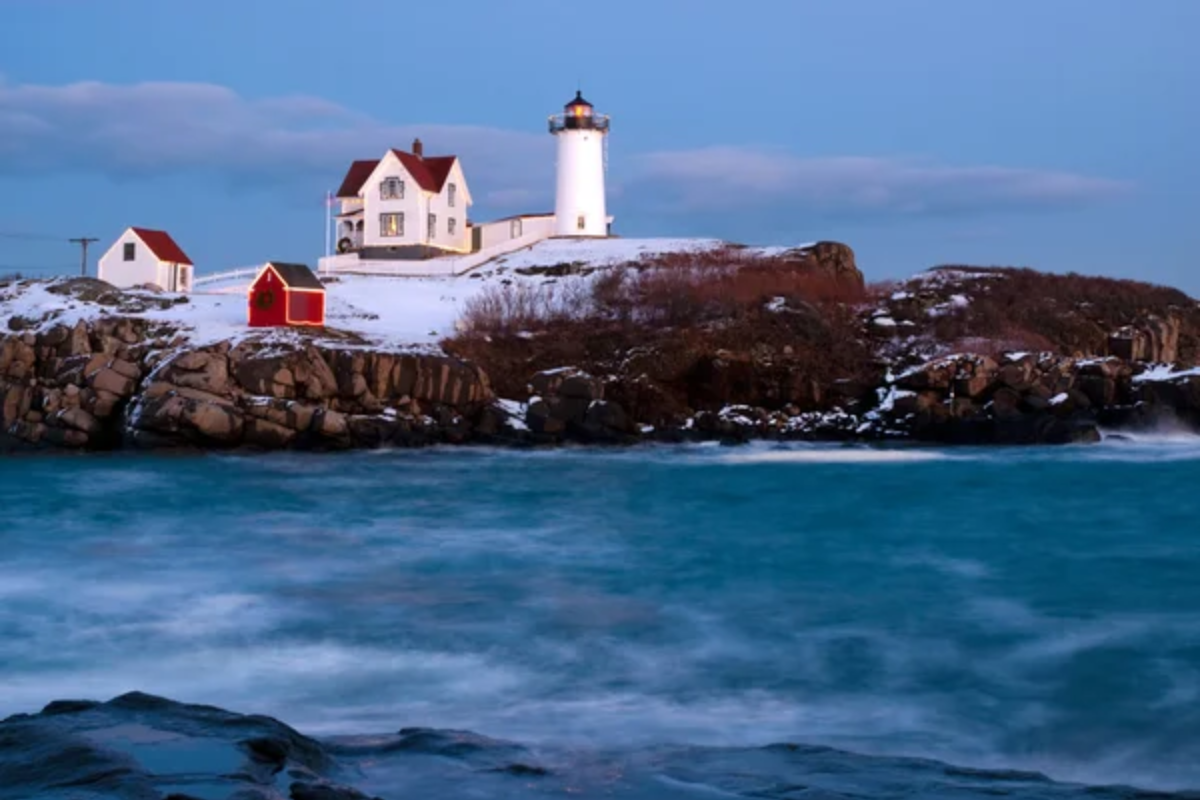
York Beach’s lighthouse sits on a small island that gets cut off from the mainland during high tide, creating a sense of isolation that feeds local ghost stories. Legend tells of a keeper’s daughter who fell in love with a fisherman lost at sea—her spirit supposedly still sends signals from the lighthouse windows to boats that pass by on moonless nights.
The adjacent Sohier Park hosts annual ghost walks where guides share stories about phantom ships and mysterious lights that appear when the lighthouse should be empty and dark. Professional photographers flock here year-round, though some claim their cameras capture human figures in the lighthouse windows that weren’t visible when they pressed the shutter.
Pigeon Point
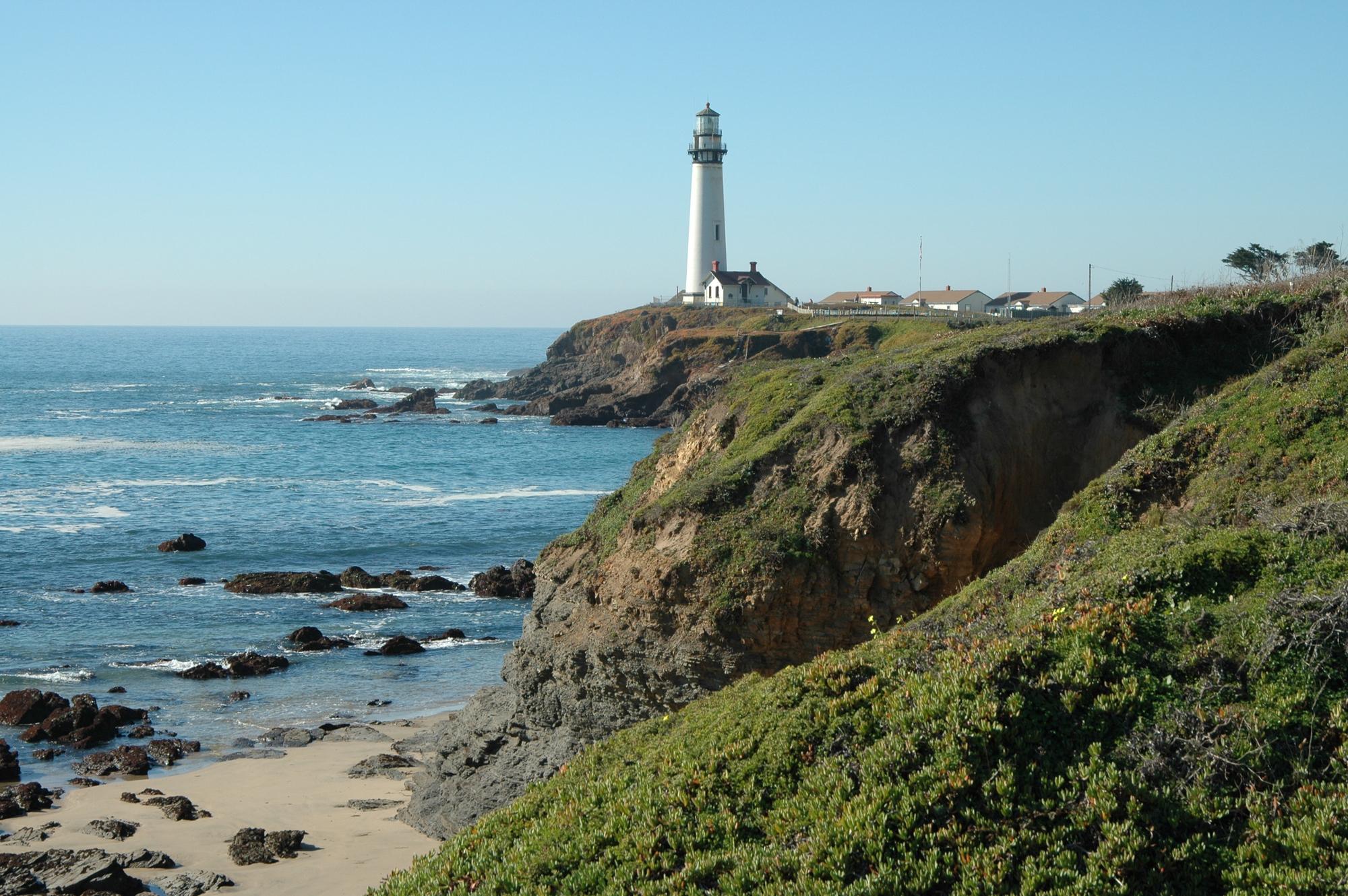
This California lighthouse has guided vessels along the San Mateo County coast since 1872, though the waters below remain cluttered with wrecks from ships that ignored or missed its warning. The lighthouse takes its name from the clipper ship Carrier Pigeon, which ran aground nearby in 1853—locals insist you can still see ghostly crew members combing the beach for salvageable cargo on certain nights.
Guests staying at the hostel housed in the former keeper’s quarters report mysterious footsteps climbing the tower stairs and the distant sound of ship bells on perfectly calm evenings. Marine biologists studying the area’s tide pools have documented fish behavior that seems to predict the arrival of vessels hours before they appear on the horizon.
Like Travel Pug’s content? Follow us on MSN.
Admiralty Head
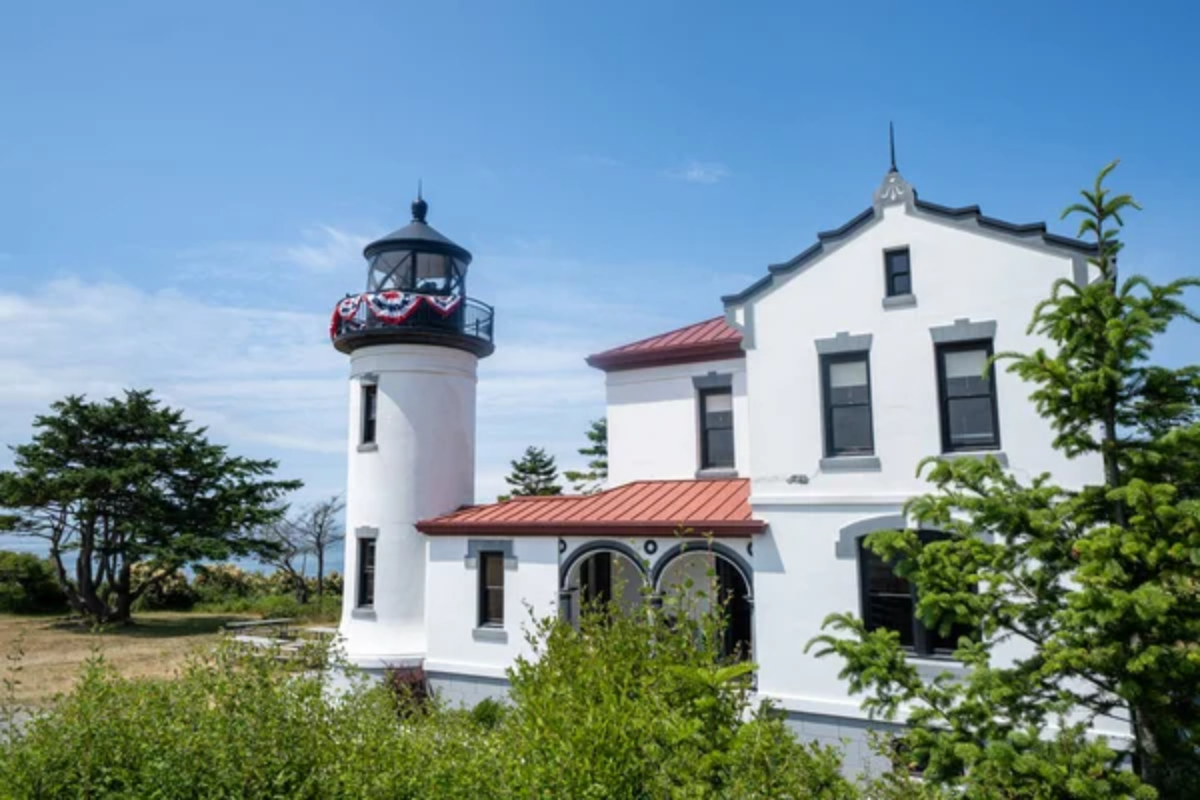
Washington State’s lighthouse commands the entrance to Puget Sound, where naval and merchant vessels navigate currents that have challenged mariners for generations. Fort Casey State Park contains military bunkers that some believe connect to the lighthouse through underground tunnels used during both World Wars.
Ghost enthusiasts visit regularly, claiming to hear phantom artillery fire and spot uniformed figures patrolling areas that have been abandoned for decades. The lighthouse beam allegedly shifts from white to green in patterns that local historians believe correspond to coded messages used during wartime operations that officially never happened.
Heceta Head

Oregon’s lighthouse stands 205 feet above the Pacific, making it one of the West Coast’s most photographed beacons and a magnet for paranormal investigators. The assistant lighthouse keeper’s house, now operating as a bed and breakfast, is famously haunted by ‘Rue’—believed to be a former keeper’s wife whose child died somewhere on the property.
Guests report finding elaborate meals prepared in the kitchen by invisible hands and hearing children’s laughter echoing through rooms that should be empty. The coastline below has claimed numerous vessels over the decades, and beachcombers continue finding artifacts from ships that foundered on the jagged rocks during storms that passed through generations ago.
Sandy Hook

New Jersey’s oldest lighthouse has operated since 1764, making it America’s oldest working beacon and a witness to nearly three centuries of maritime history. British forces used the lighthouse as an observation post during the Revolutionary War, and some claim their spirits never abandoned their duty stations.
Many buildings in the surrounding community were constructed using ballast stones from shipwrecks, and locals believe these stones retain memories from the vessels that carried them across oceans before meeting disaster on American shores. Hurricane Sandy revealed previously buried artifacts along the coastline, including ship timbers that historians are still trying to identify and date.
Like Travel Pug’s content? Follow us on MSN.
Lime Kiln Point
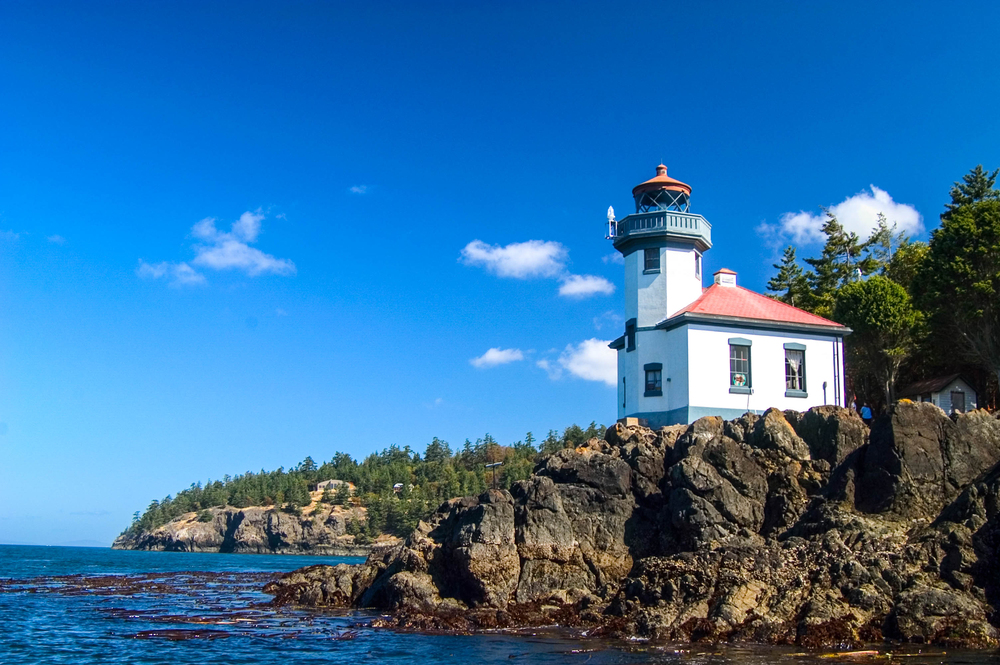
San Juan Island’s lighthouse overlooks waters where orcas pass regularly, creating an unusual intersection between maritime history and marine wildlife observation. Native American traditions speak of whale spirits that guide ships safely through dangerous currents, while lighthouse keepers noted unusual animal behavior preceding major storms.
The lime kilns that gave the lighthouse its name allegedly conceal treasure buried by smugglers who used this isolated location to avoid customs officials patrolling more obvious harbors. Modern whale watchers sometimes spot mysterious vessels on the distant horizon that disappear when viewed through binoculars or photographed with telephoto lenses.
Dungeness Spit
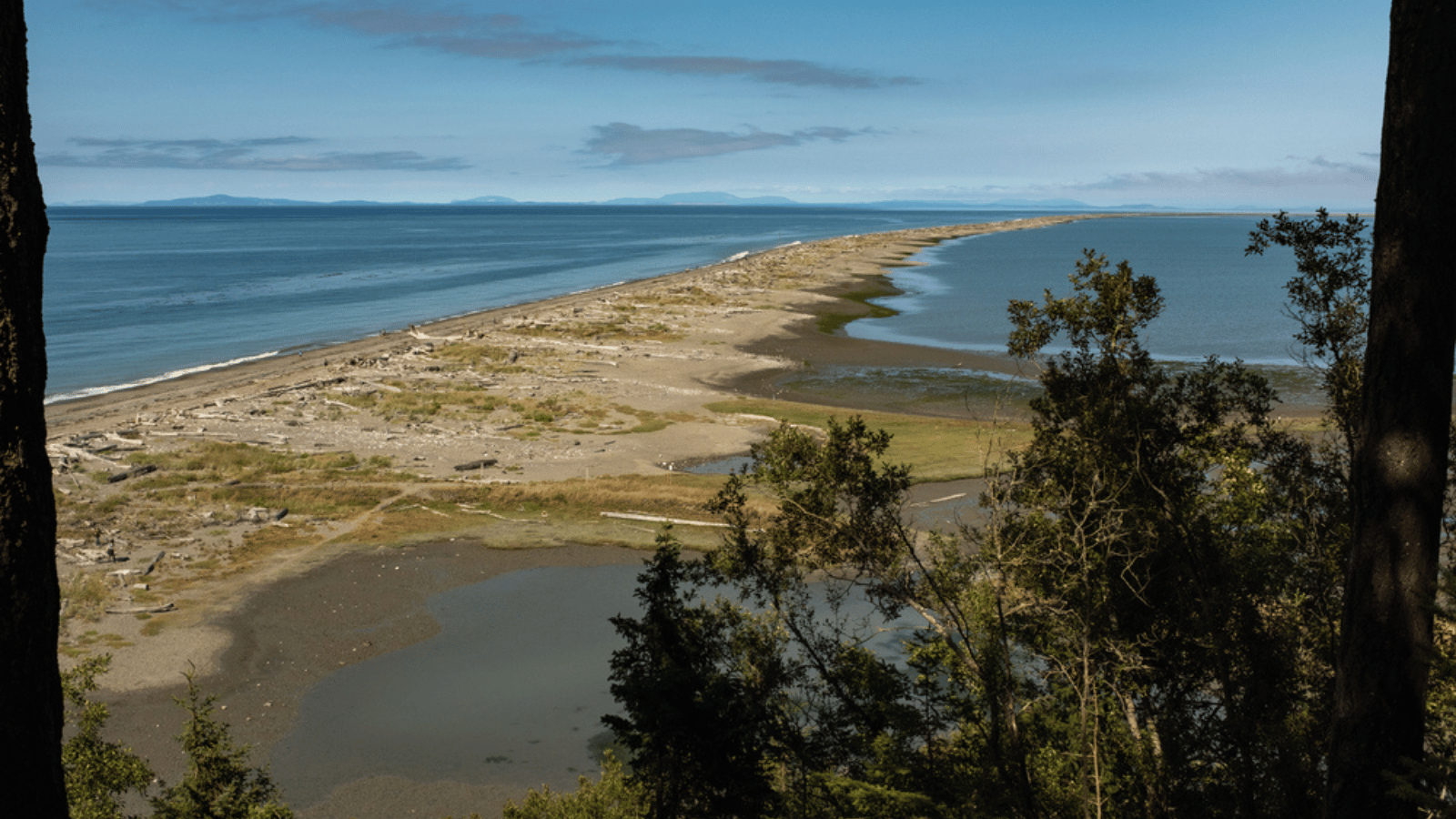
Washington’s New Dungeness Lighthouse sits at the end of a five-mile sand formation that continues growing longer each year, creating an ever-changing landscape that has confused ship navigators for over a century. Lighthouse keepers maintained detailed records of vessels that ran aground on the spit, and their former quarters supposedly housed the spirits of sailors who never made it safely to shore.
Dungeness crab fishermen tell stories about phantom crab pots that appear in their usual fishing spots, complete with catches that vanish when brought to the boat’s surface. The spit supports plant and animal species found nowhere else in the region, leading to theories about environmental influences that science can’t easily explain.
Split Rock
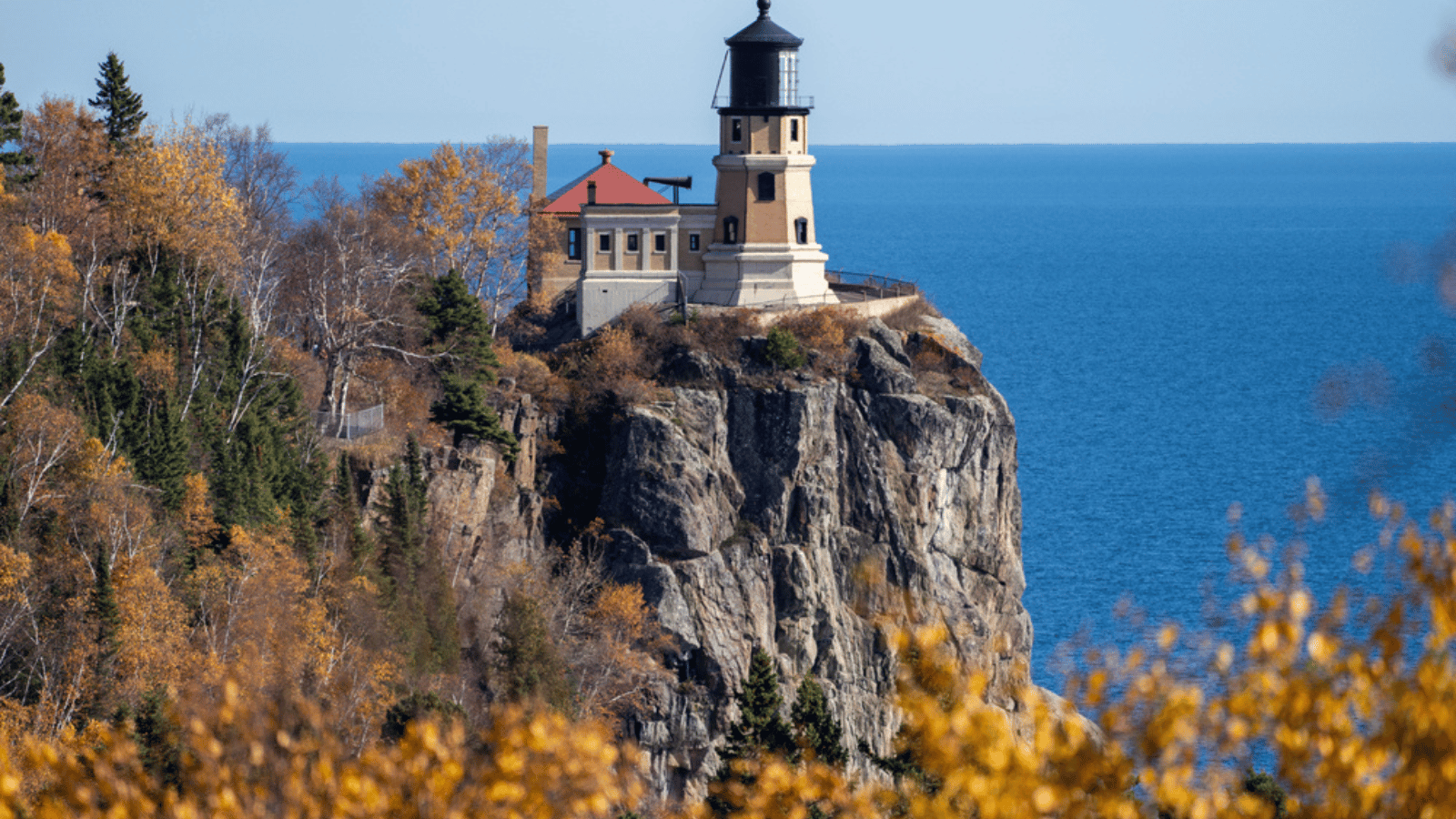
Minnesota’s lighthouse overlooks Lake Superior from a 130-foot cliff, built after a devastating 1905 storm sank dozens of Great Lakes vessels in a single night. The Edmund Fitzgerald, though it sank much further east, connects to Split Rock through shared folklore about the lake’s supernatural ability to preserve shipwrecks in its cold, deep waters.
Former lighthouse keepers reported strange sounds echoing across the water on clear nights—ship horns from vessels that couldn’t be spotted anywhere on the horizon. Local iron ore miners claimed the lighthouse beam would change intensity to warn of underground cave-ins, though no official records document such a connection.
Like Travel Pug’s content? Follow us on MSN.
Alcatraz Island

San Francisco’s notorious prison island also functioned as a lighthouse station, with the beacon helping ships navigate tricky Bay waters while illuminating America’s most infamous federal penitentiary. Former inmates and guards reported seeing ghostly ships approaching the island during heavy fog, complete with passengers who appeared to be former prisoners attempting to return.
The automated lighthouse system allegedly malfunctioned whenever certain cells were occupied, leading to theories about electromagnetic interference from restless spirits. Native American activists who occupied the island in 1969 claimed the lighthouse guided their boats safely through dangerous nighttime waters despite the beacon being officially shut down for maintenance.
Battery Point
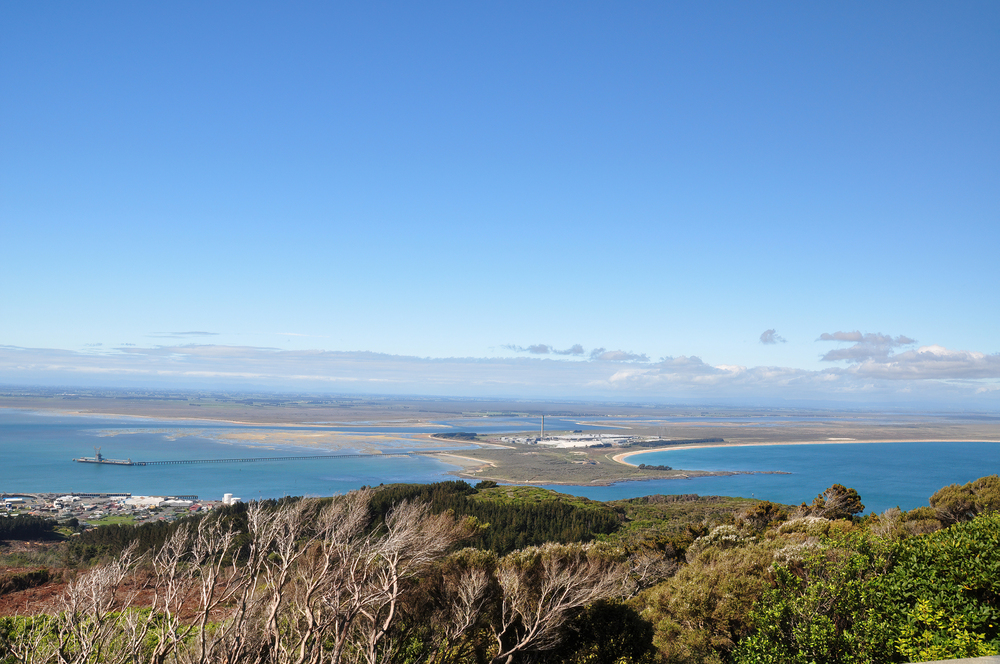
Crescent City’s lighthouse sits on a small island that becomes accessible only during low tide, creating natural isolation that has spawned generations of ghost stories. The 1964 tsunami that devastated this Northern California community allegedly revealed shipwreck artifacts that had been buried in the sand for decades, including personal belongings from vessels lost during storms that occurred before living memory.
Lighthouse keepers’ families reported mysterious knocking on doors during storms, though nobody could reach the island when high tide surrounded it. The lighthouse museum displays recovered items from local shipwrecks, and visitors claim certain artifacts shift position when nobody is watching them.
Big Sur
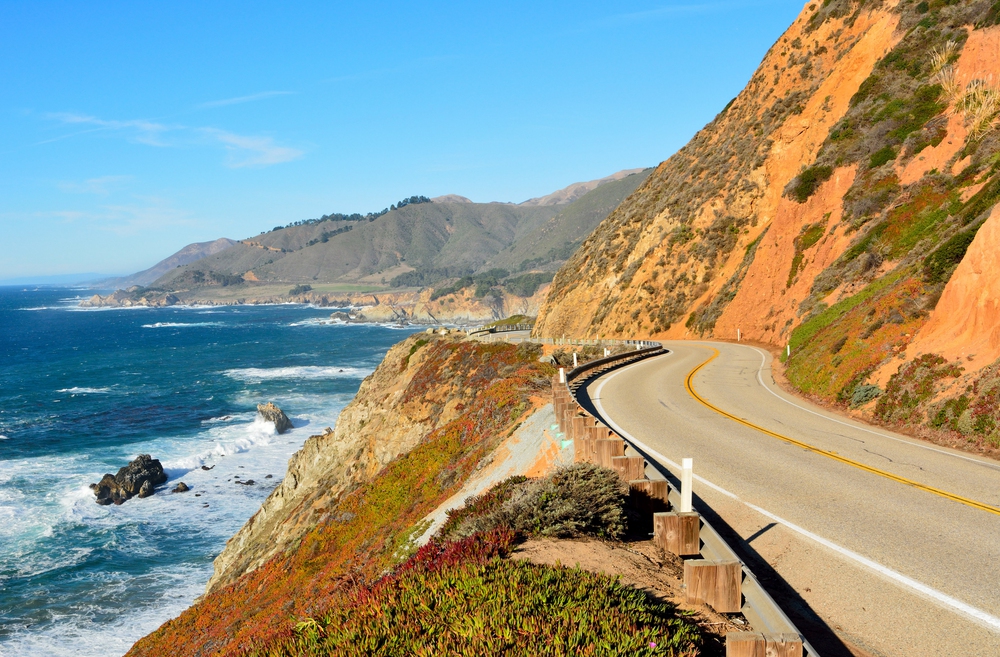
California’s lighthouse perches atop dramatic cliffs where the Santa Lucia Mountains plunge directly into the Pacific Ocean, creating a landscape that blends Native American folklore with Spanish colonial maritime history. Early lighthouse keepers reported hearing mission bells ringing through thick fog despite no churches being visible from their elevated position.
The famous Bixby Creek Bridge attracts photographers from around the world, though some capture unexplained human figures in their images that appear to be walking on water far below the bridge deck. Residents of the Big Sur community maintain that certain nights bring phantom Spanish galleons into view, complete with crews searching for harbors that disappeared centuries ago.
Like Travel Pug’s content? Follow us on MSN.
Stories That Refuse to Die
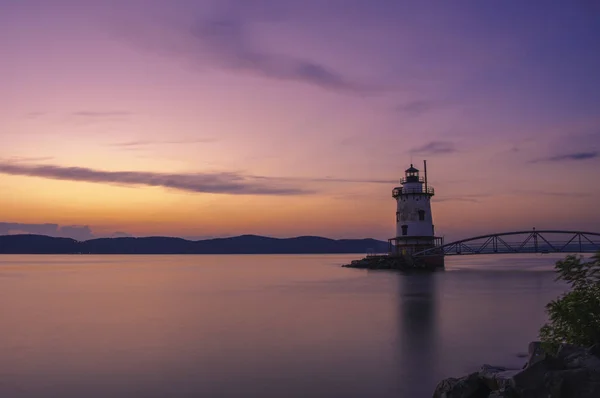
These lighthouse towns prove that maritime legends grow stronger rather than weaker as modern technology reduces the mystery surrounding navigation and shipwrecks. The combination of isolated locations, dangerous waters, and centuries of human drama creates perfect conditions for folklore to flourish alongside documented historical events.
Visitors come for the scenery and history but often leave with their own unexplained experiences, adding fresh chapters to stories that began before their grandparents were born and will likely continue long after today’s tourists become tomorrow’s ancestors.
More from Travel Pug

- 20 Best Beach Towns in the Carolinas
- 13 Destinations Where Tourists Regularly Regret Their Trip
- 20 Destinations That Are More Magical Without an Itinerary
- 20 Underrated Adventures That Belong on Your Travel List
- 20 Cities Where You Should Just Wing It, No Planning Required
Like Travel Pug’s content? Follow us on MSN.N.
